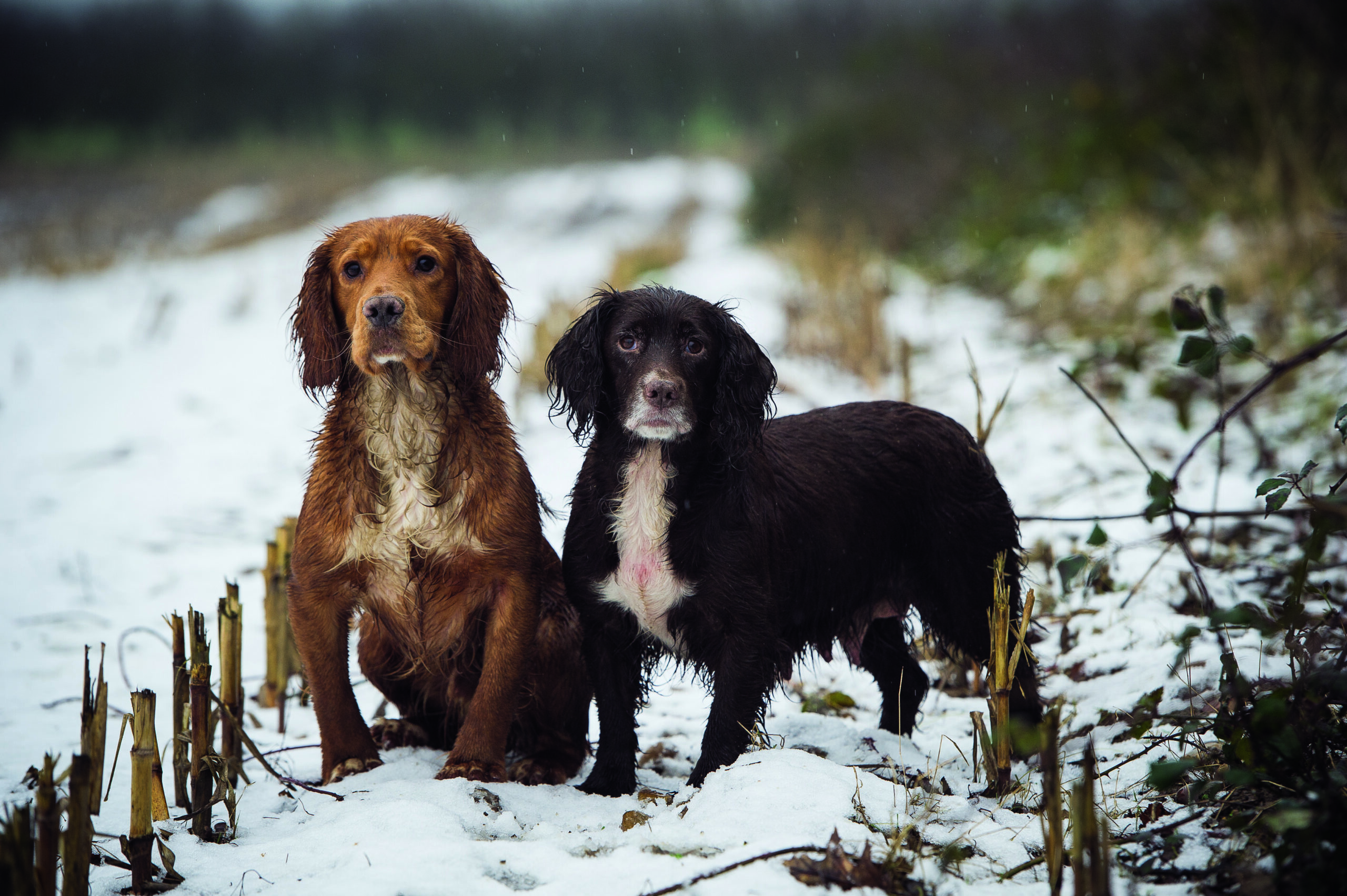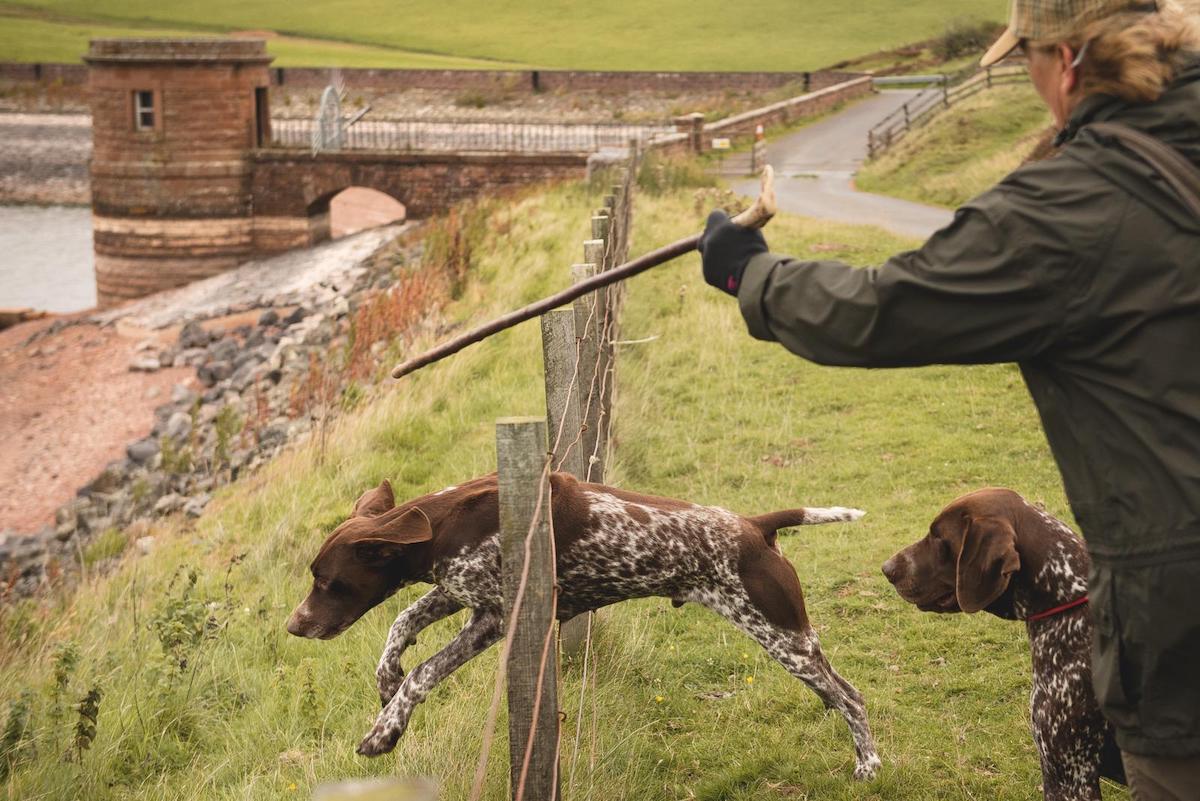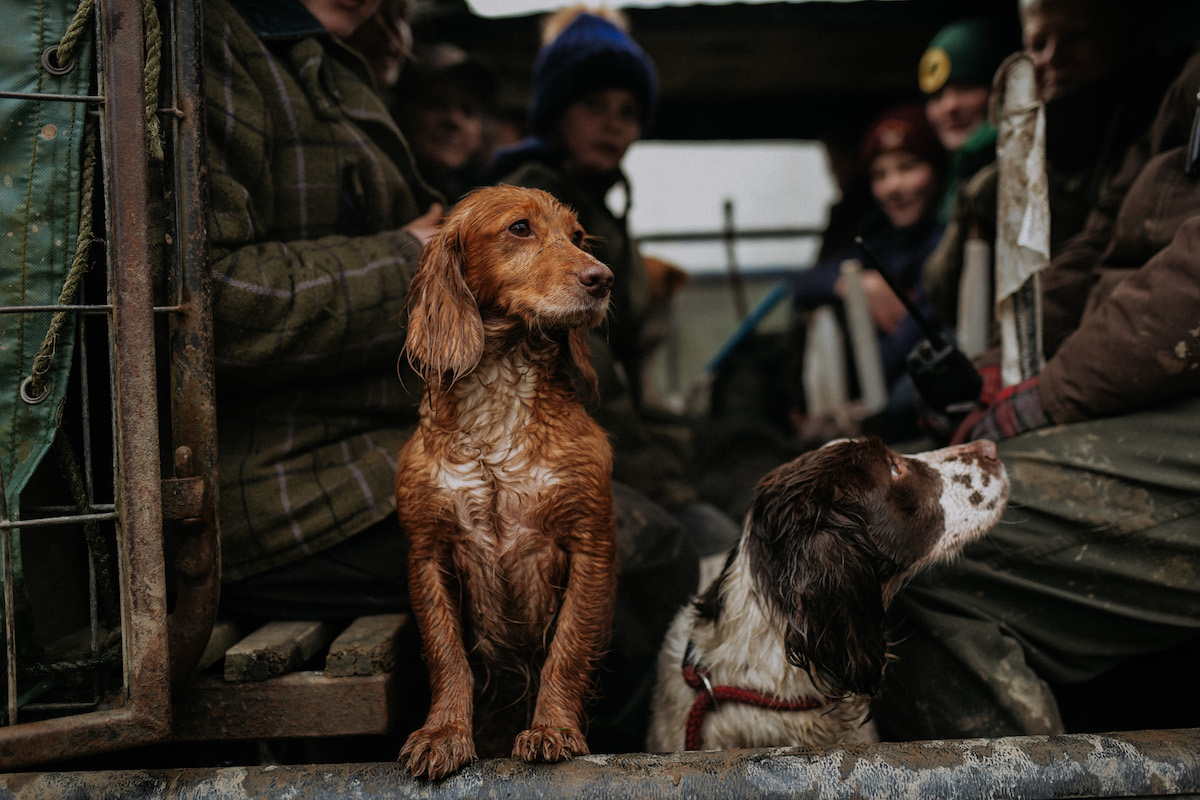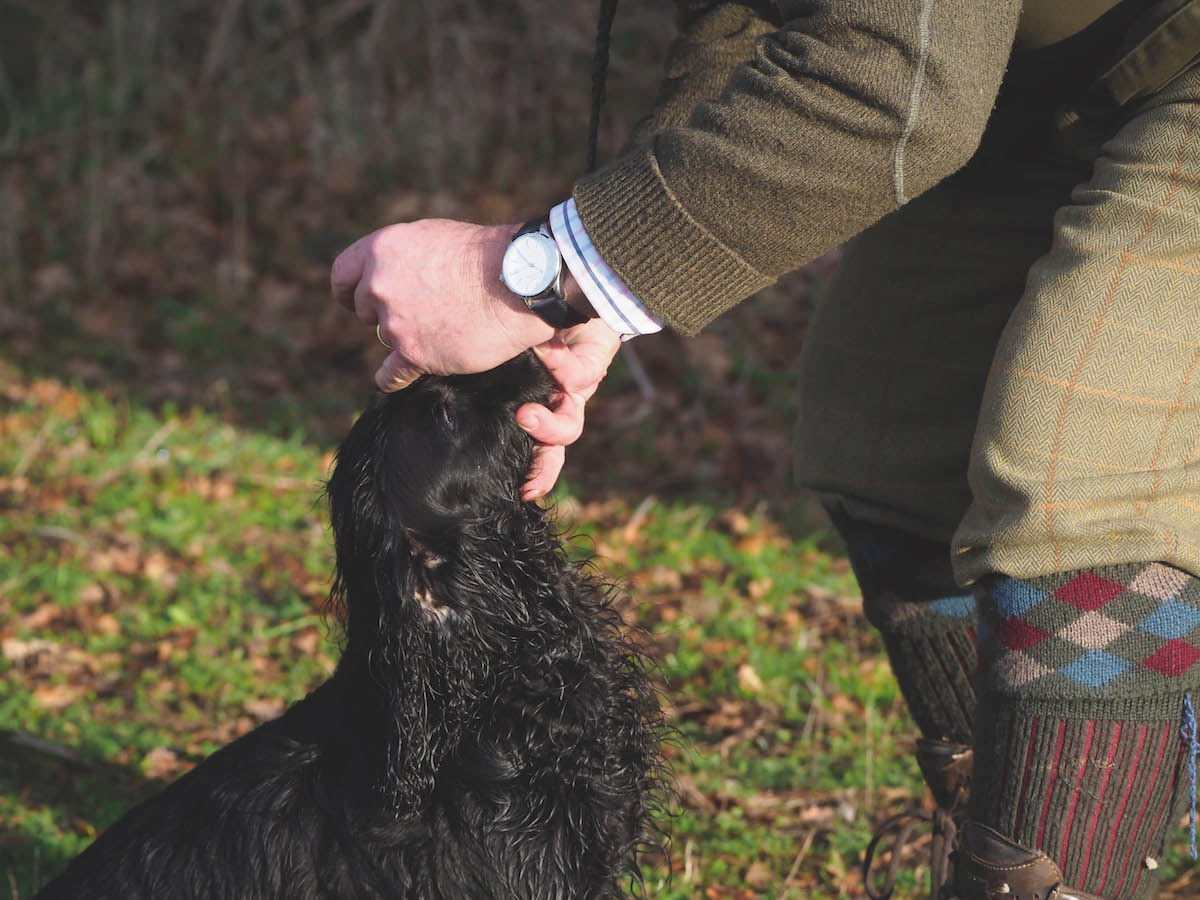When it’s best for your gundog to wrap up a shoot day early
Spaniels are much more susceptible to bad weather than Labradors

Spaniels are much more likely to become chilled than Labradors
One of the attractions of shooting is that it takes more than a bit of rain or a coveering of snow to put us off.
It is extremely rare for a shoot to be cancelled because of the weather. But looking back on a long shooting carer I can recall a number of days when it would have been much more sensible to have either packed up early or even cancelled altogether, rather than carry on regardless.

Be careful that your spaniel doesn’t become chilled
Spaniels in cold weather
One one occasion, on a rough shoot in Sussex some 30 years ago, we continued all morning despite torrential rain. My springer was, at that time, young and fit but she because so wet and chilled that she collapsed.
I wrapped her in my Barbour and carried the the best of part of half a mile to my car. I popped her in the front footwell and put the heater on full blast. I was pretty cold and wet too, so it was easy to make the decision to pack up and drive home. I’m pleased to say that the spaniel soon revived but I still believe that if I hadn’t acted quickly the consequences may have been more serious, if not fatal.

A fitted neoprene coat keeps the cold out
Caring for your gundog’s health
Dogs have a higher body temperature than us – typically 38.3°C to 39.2°C compared with our 37° C – and when that temperature falls they are in trouble. Unlike Labradors, which should have a thick double coat, spaniels are thin-skinned. As a result spaniels in cold weather are much more likely to become chilled.
I’ve never had a similar experience since but that may be because I’m much more aware that such things can happen and have done my best to ensure they don’t.
Are dog coats really necessary?
Have you got any experience of neoprene coats for gundog training? Do they work?
Six rules for caring for your gundog after a shoot day
Tony looks at ways of keeping a hard-working gun dog happy during the season.
Hypothermia in dogs
I’m often asked whether dogs suffer hypothermia. The answer is yes and there are some particular signs that owners of…
For a start I would hesitate to work my dog in such conditions, while I now have protective equipment for the dog. In extremely wet conditions I will use a fitted neoprene coat. The dog can work freely in this but is insulated from the cold and wet.
At the end of a drive or during a break I will rug my dog up to keep it warm and dry. Such a practice was almost unheard of 30 years ago but I’m pleased to note that it has become much more accepted today, to the benefit of our dogs’ health.











